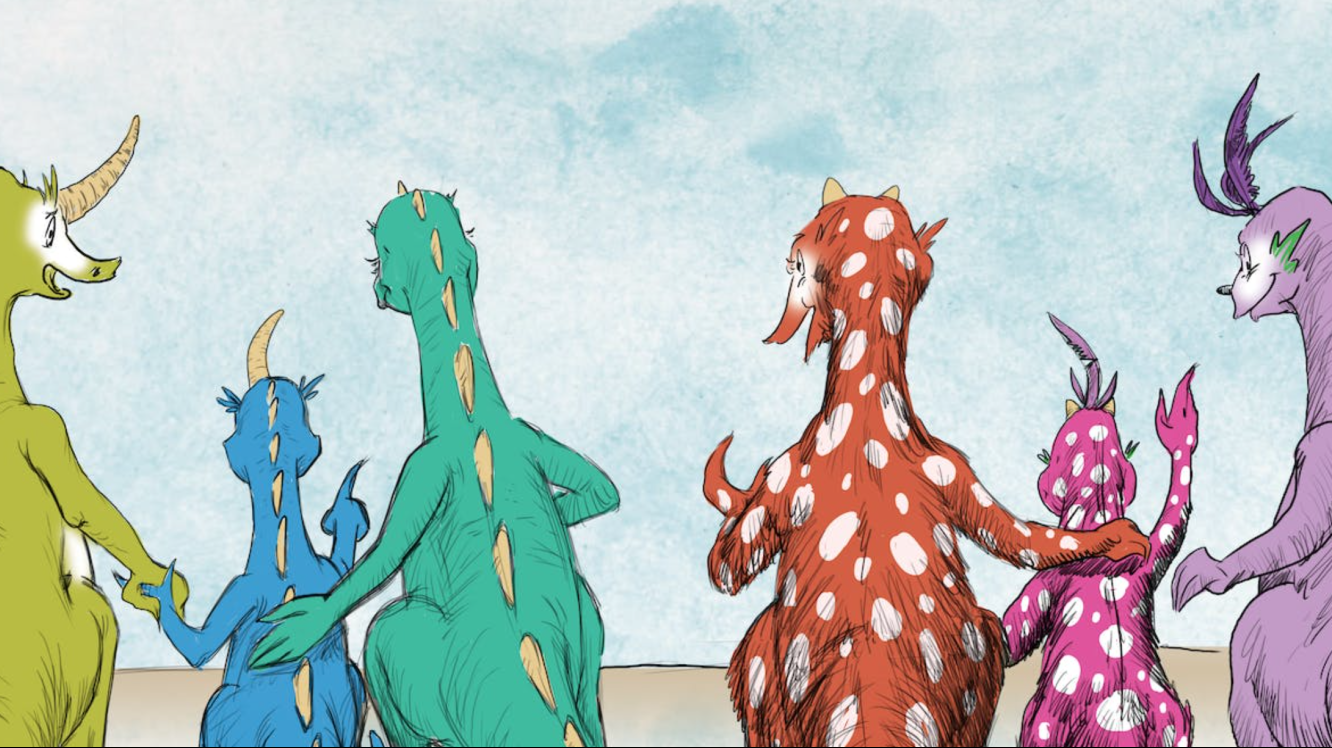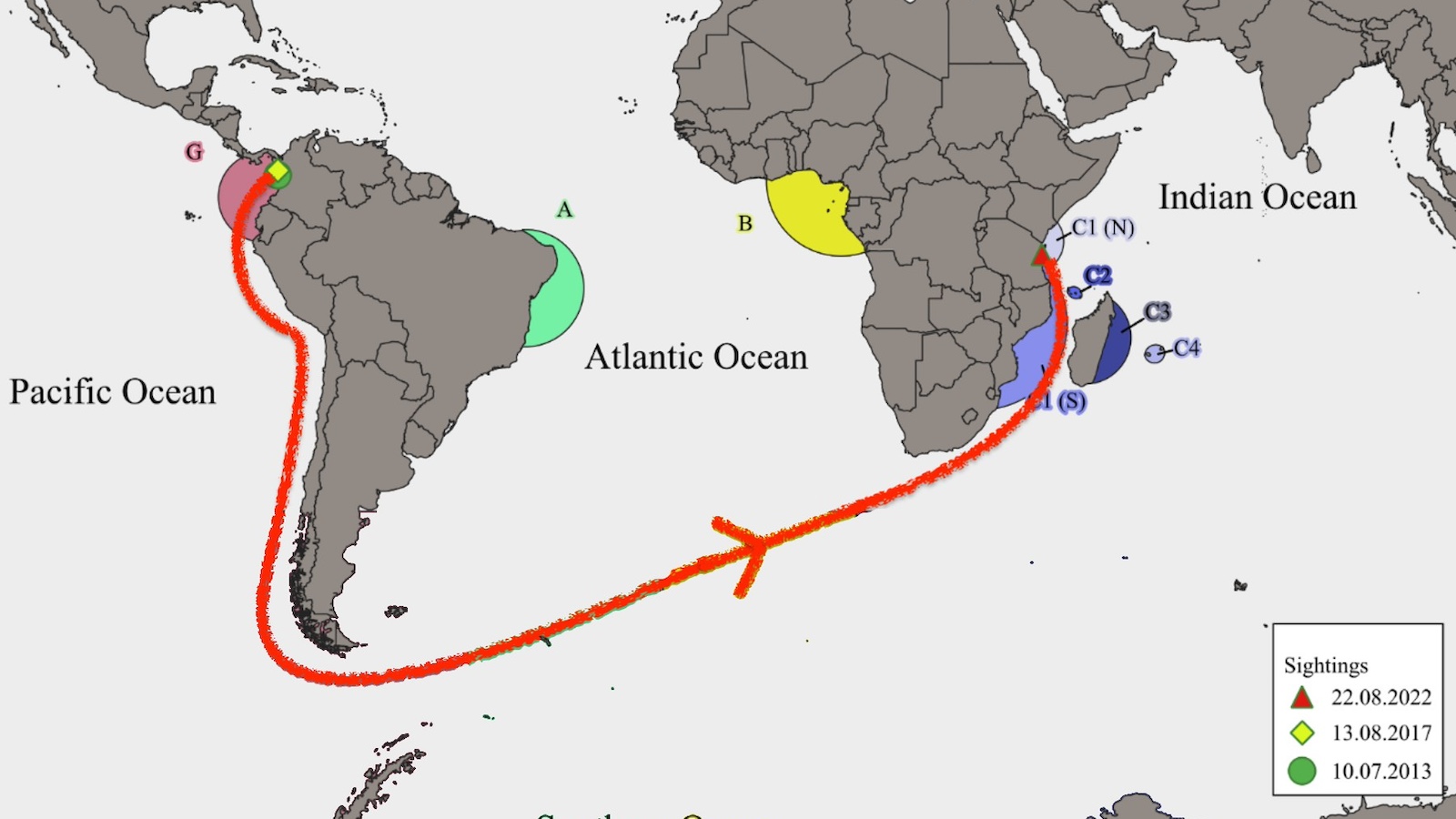Study Says We’re Likely to Pick Mates That Look Like Us

It’s been said that couples look more and more alike as they age. A new study suggests this may be truer than we thought, since it offers evidence that many unconsciously choose partners based on genetic predispositions they share. It’s called “assortative mating.”
A study just published in Nature Human Behavior looked for evidence of this phenomenon in available databases of individuals of European descent. The researchers from University of Queensland in Brisbane, Australia analyzed the data for similarities in 24,662 couples’ genetic markers for height and BMI (Body Mass Index), as well as their actual measurements.
The researchers’ most striking discovery was that there’s a strong correlation between an individual’s genetic markers for height and their partner’s actual height. They also found a smaller — though still statistically significant — correlation between markers for BMI and a partner’s actual BMI. So as far as body shape goes, the evidence suggests many of us choose mates who are roughly shaped like ourselves.

According to prior studies, assortive mating occurs in some non-humans, too. Mating preferences for similar-sized partners has been observed across a range of invertebrates and invertebrates, including mangrove snails, littoraria arduiniana and the Japanese common toad, bufo japonicas. Striped eastern red-backed salamanders (plethodon cinereus) prefer striped partners (and ditto for unstriped individuals). And monogamous, brightly colored bluebirds such as the eastern (sialia sialis) and western (sialia mexicana) varieties pair off with partners who sport the same bright colors, while an eastern bluebird is likely to select a mate with the same level of territorial aggressiveness.

A couple of years ago, economists jumped on the idea of assortative mating as the reason for individuals choosing mates from their same social, economic, and educational class, so the new study had a look at evidence for this as well, in a smaller database of 7,780 U.K. couples.
They did, in fact, find an extremely high correlation between mates’ levels of education. They don’t know why this is the case, but the researchers suggest it may be as simple as our tendency to gravitate to — and socialize with — people of similar interests. This may also explain previously seen connections between people with common backgrounds and income levels.

According to Science, the next thing to look at may be couples’ shared behavioral traits. They spoke to a behavioral geneticist not involved in the study, Matthew Keller, who said this kind of database study may offer a way to “understand why spouses are similar on many other, behavioral traits, such as IQ, political preference … and psychiatric disorders.”
It’s intriguing to consider how many of our “conscious” choice may turn out to be predispositions embedded in our DNA.





